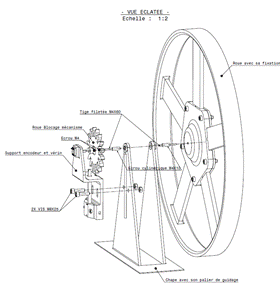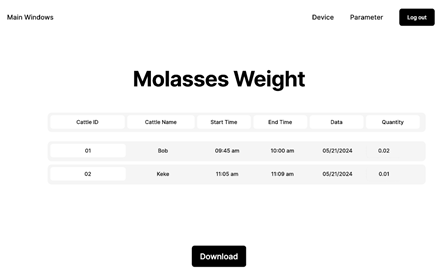BACKGROUND
The United States is home to around 87.2 million cattle, with over 700,000 cattle farms. Many ranchers utilize liquid feed for their cattle, which is commercially available and widely used, but it is not possible to monitor feed consumption for each individual cow. Traditionally, cattle stand at a covered tank and lick a rotating wheel. While this solution provides feed access, there is no way to detect if any cows are over or under consuming. If a cow is over-consuming, the feed is wasted, and health issues could arise. Cows that are under-consuming are at risk for nutritional deficiencies. A solution that could directly monitor feed consumption at the individual cow level would be very beneficial to overall cattle health and production.
SUMMARY OF TECHNOLOGY
Oklahoma State researchers have developed a system that can monitor individual cow feed consumption and upload that data wirelessly to a cloud computing infrastructure. The system can detect the presence of a cow, measure the amount of wheel rotations the cow performs, and stop the rotation of the wheel once max consumption has been reached. Using an RFID tag and reader, the system can store data for each individual cow. This device was designed with ranchers in mind, so it can fit directly onto plastic liquid feeders commonly used in industry. Data is collected and reported wirelessly, where a manager can make necessary adjustments based on how much liquid feed each cow has consumed. Currently, this device is the only system capable of measuring and controlling feed intake from plastic liquid feeders. With this system implemented, the health and nutritional management of cattle could be improved.


POTENTIAL AREAS OF APPLICATION
- Commercial Cattle Farms
- Agriculture Research
MAIN ADVANTAGES
- Monitor and control each cow's liquid feed consumption remotely, without the need to be at the feeder.
- The system is adaptable to the current plastic liquid feeders deployed in commercial farms.
- Precision feeding leads to cost saving and efficient feed usage.
STAGE OF DEVELOPMENT